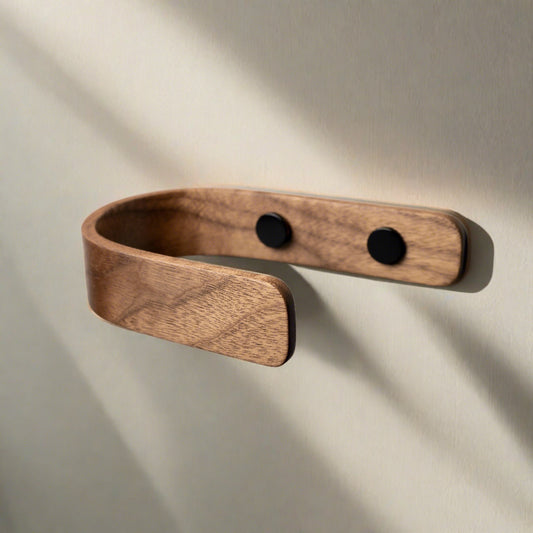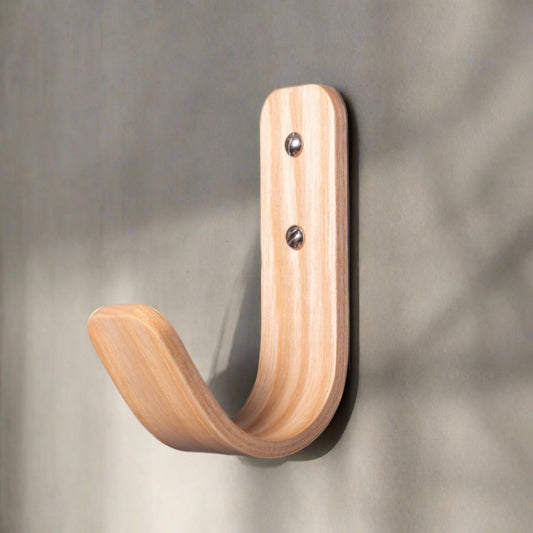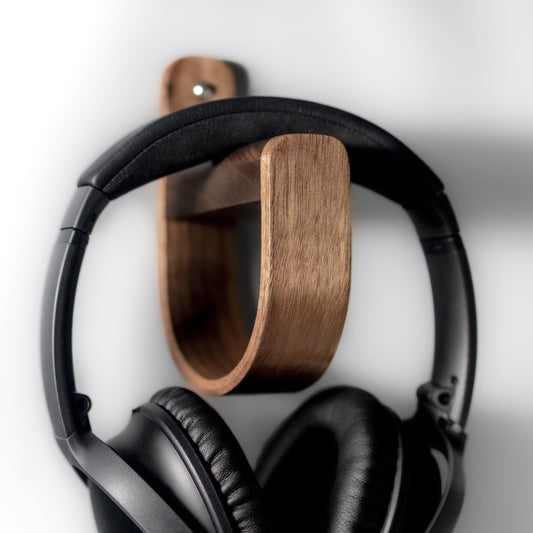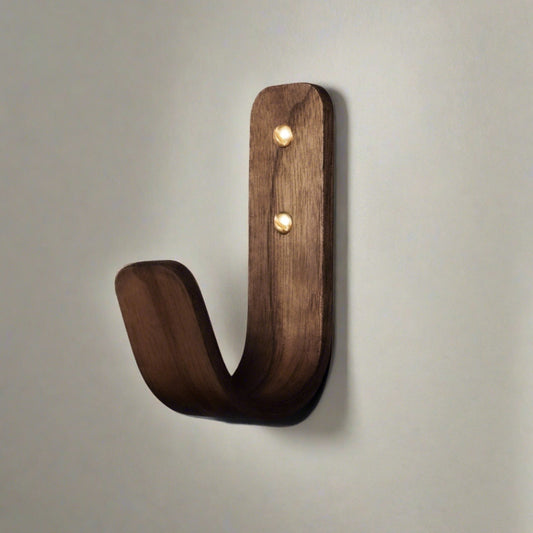Fine furniture is a testament to the artistry and skill of woodworking. One of the key elements that define the quality and durability of exquisite pieces is the joinery used in their construction. Furniture joints not only contribute to the structural integrity but also play a crucial role in the aesthetic appeal of the final product. In this blog, we will delve into some common fine furniture joints that have stood the test of time, showcasing the craftsmanship and precision that goes into creating timeless pieces.
-
Dovetail Joints:
-
Description: Dovetail joints are revered for their strength and visual appeal. They consist of interlocking wedge-shaped tails and pins, creating a secure bond without the need for additional fasteners. Commonly used in drawer construction, dovetail joints showcase meticulous craftsmanship and add a touch of sophistication to the furniture.
-
Applications: Drawers, cabinets, and high-quality case goods.
-
-
Mortise and Tenon Joints:
-
Description: Mortise and tenon joints are among the oldest and most reliable woodworking joints. The tenon, a protruding piece, fits snugly into a corresponding hole or mortise, creating a strong and durable connection. This joint is versatile and comes in various forms, including through, blind, and wedged tenons.
-
Applications: Chairs, tables, doors, and frames.
-
-
Half-blind Dovetail Joints:
-
Description: Combining the strength of dovetail joints with a more discreet appearance, half-blind dovetails are often used in drawer fronts. The tails are visible from one side, while the pins are concealed, providing an elegant and seamless look when the drawer is closed.
-
Applications: High-end drawer construction.
-
-
Biscuit Joints:
-
Description: Biscuit joints involve inserting small, football-shaped wooden biscuits into slots created with a biscuit joiner. This method is effective for aligning and reinforcing the edges of two pieces of wood, creating a flush surface.
-
Applications: Tabletops, edge-to-edge joints, and panel connections.
-
-
Tongue and Groove Joints:
-
Description: Tongue and groove joints consist of a protruding tongue on one piece of wood that fits into a corresponding groove on another. This joint is excellent for creating seamless, flat surfaces and preventing warping or shifting over time.
-
Applications: Flooring, panelling, and tabletops.
-
-
Dowel Joints:
-
Description: Dowel joints involve aligning and connecting two pieces of wood using wooden dowels as pegs. This method provides strength and stability while allowing for disassembly if needed.
-
Applications: Cabinets, shelves, and modular furniture.
-
Conclusion:
Fine furniture joints are the hidden heroes of craftsmanship, ensuring that a piece not only looks exquisite but also stands the test of time. Woodworkers and furniture makers skilfully choose and execute these joints to create functional and visually stunning pieces. Whether it's the intricacy of dovetails or the simplicity of mortise and tenon, each joint tells a story of dedication to the art of woodworking. As we appreciate the beauty of fine furniture, let us also marvel at the precision and skill that go into creating these timeless joints



